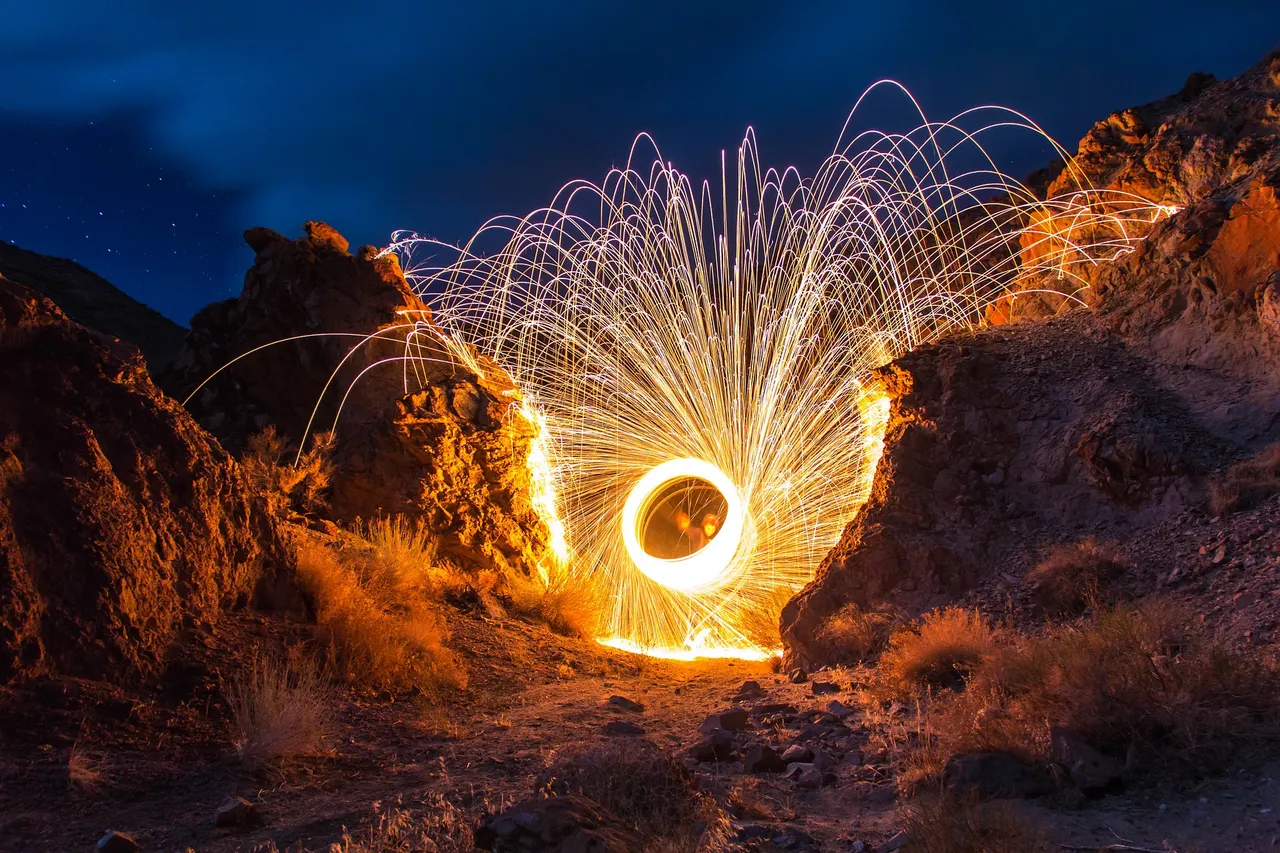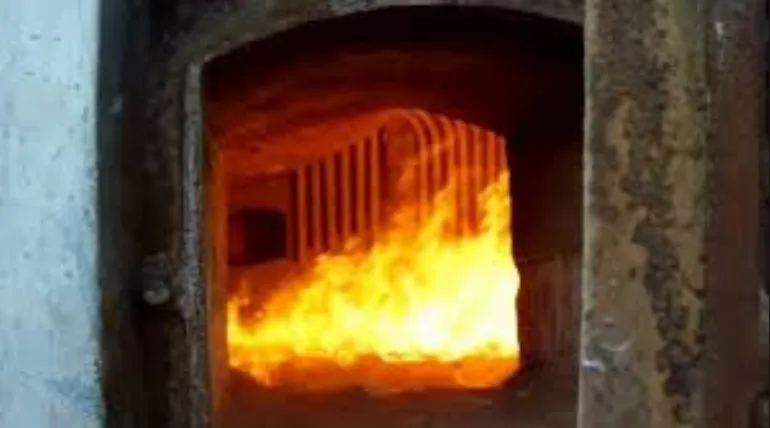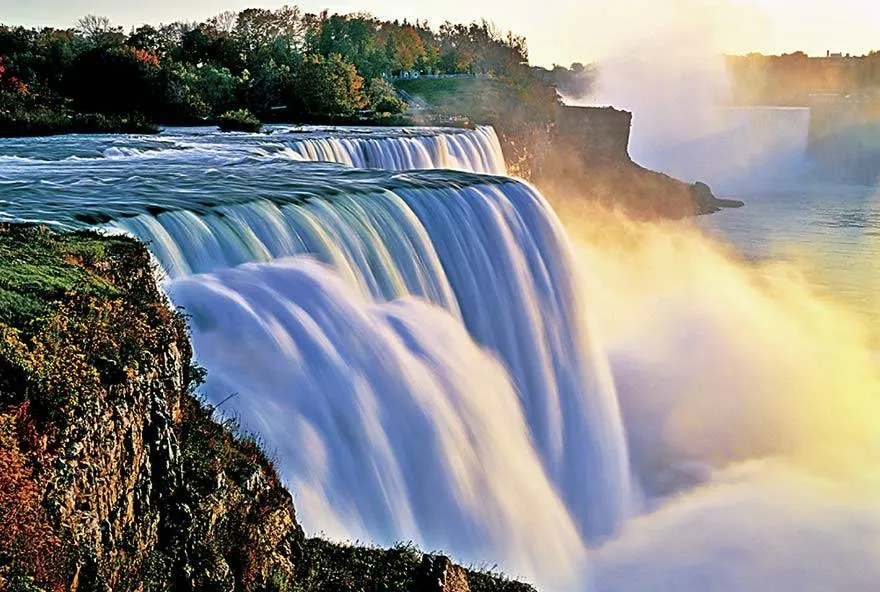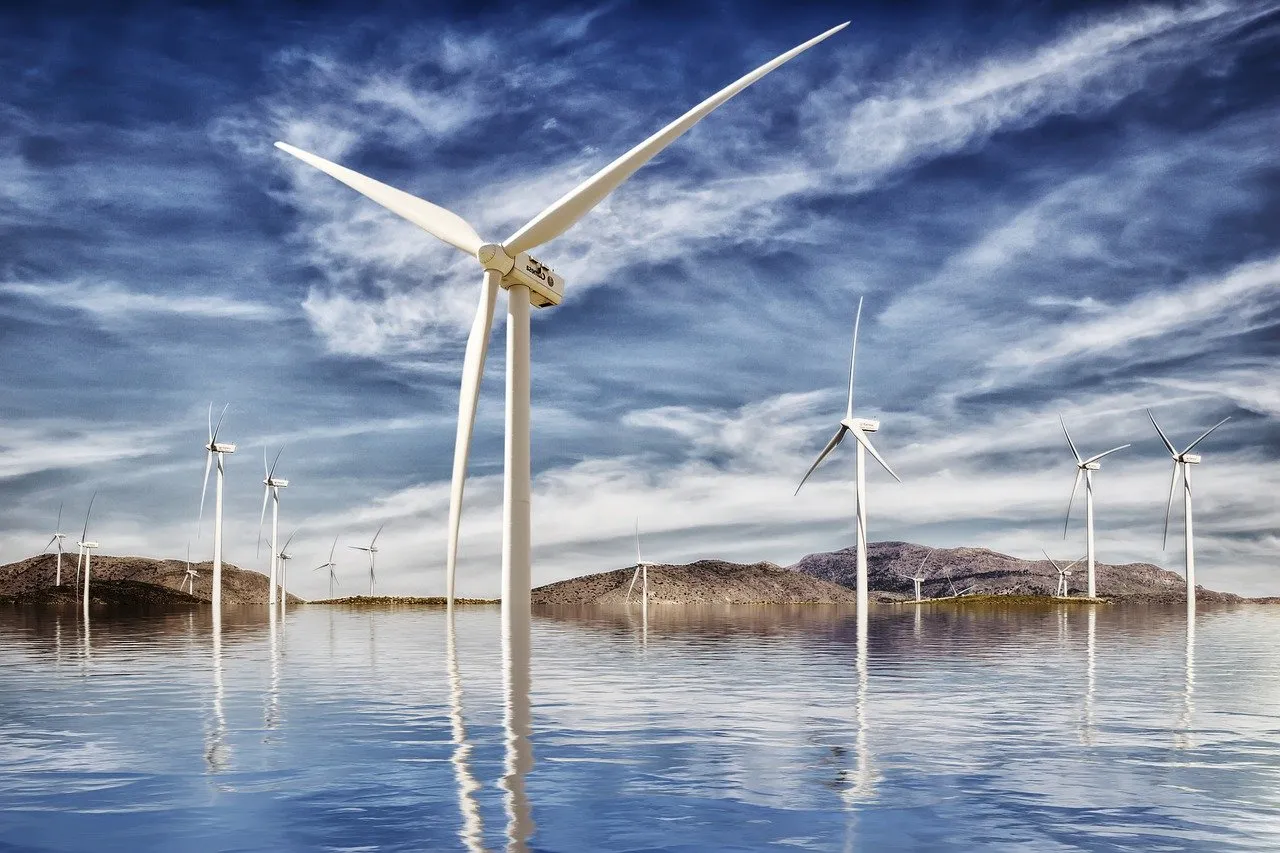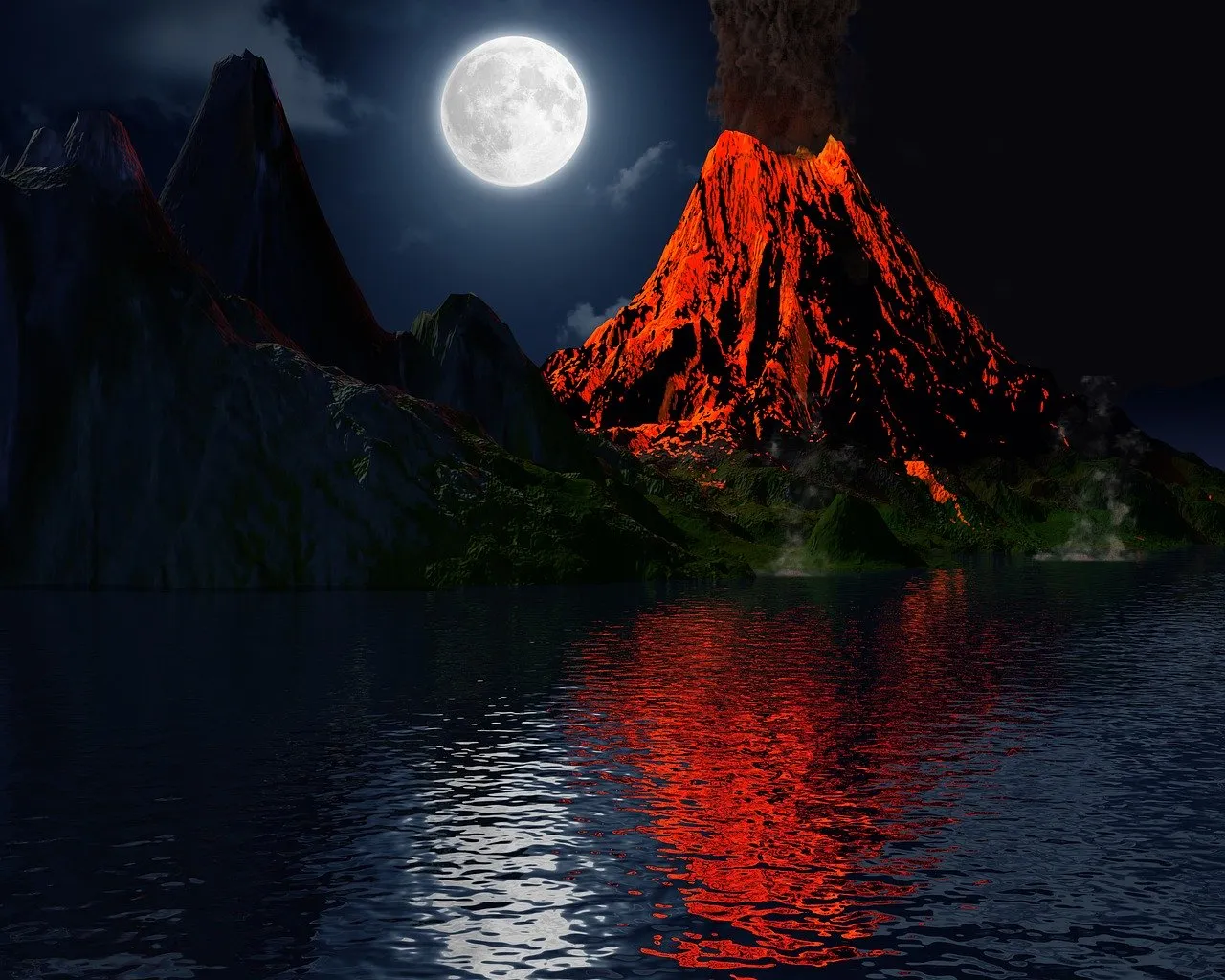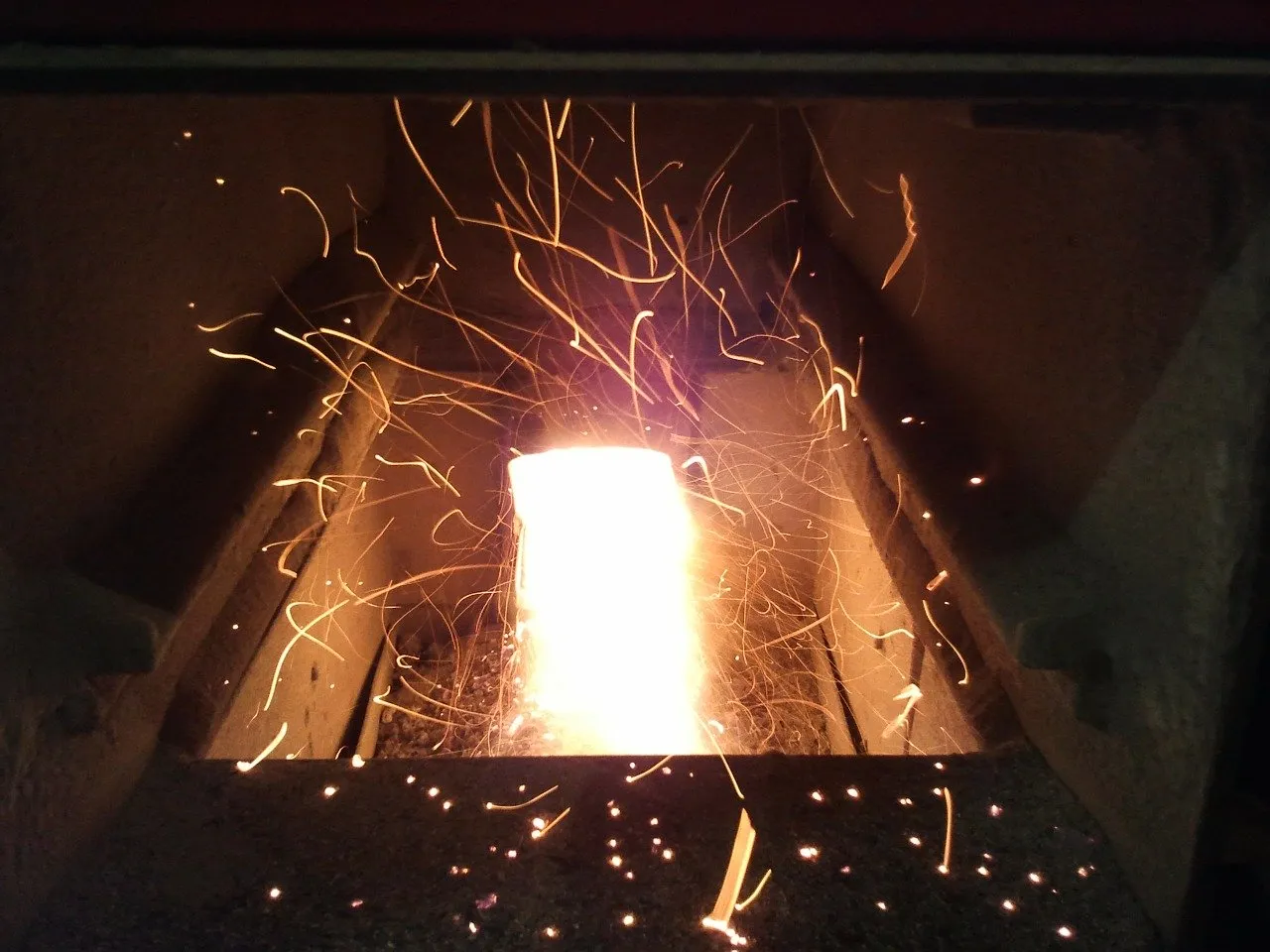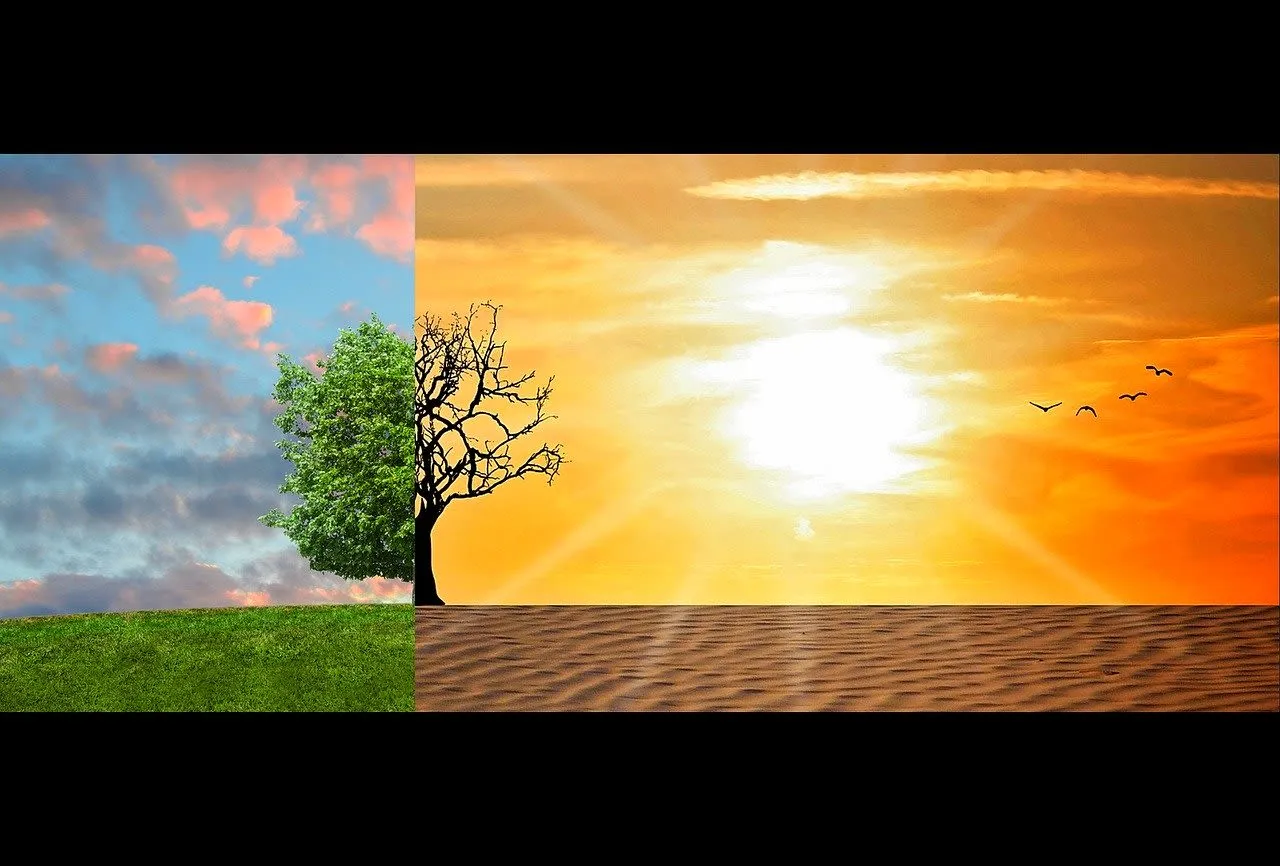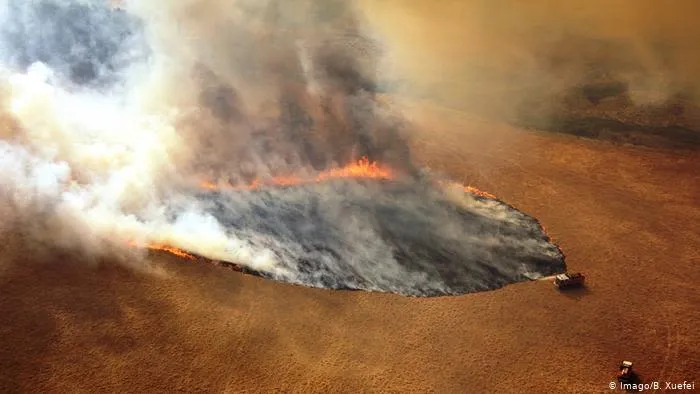Preface
A small change in conditions has significantly altered global behaviors and politics. A novel, never-before-seen virus spread from the lands of China to virtually every populated part of our planet. At the onset of the disease, the medical industry knew nothing about COVID-19 and its effects on the human body.
 Image by Syaibatul Hamdi from Pixabay
Image by Syaibatul Hamdi from PixabayIntroduction

Welcome, fellow sentient beings, to our ninth installment in the Environmental Impact Series entitled "Coronavirus." In this blog, we compare observations of the environment before, and after, countries across the globe implemented quarantine measures meant to mitigate the spread of COVID-19.
The virus itself did not directly lead to the observations we cover in today's post. Instead, the uncertainty and fear of the illness it causes forced us to minimize the impact of those infected upon the health care industry.
Sounding the Alarm
Chinese scientists, unofficially and officially, provided the earliest, generally acceptable, warning to regulatory agencies across the planet. The direct recognition of the new pathogen appears to have originated in the city of Wuhan, China. Despite the warnings, however, it still spread throughout the globe and in rapid order.
Taking Action

The new illness left us unprepared to combat the disease head-on through isolation of infected patients. Identification and isolation is the best-known method of limiting the spread of past pandemics, and countries began employing it to mitigate infections. Most of them, however, eventually followed suit and started the process of shutting down normal business processes, as well as any activities that would put people close to each other.
Staying the Course

While countries acted to limit COVID-19's spread, scientists rush to develop a vaccine, if at all possible, to combat the effects of COVID-19. For many of Earth's inhabitants, the sprint to isolate and adjust to COVID-19 prevention guidelines has become a marathon of waiting, patience, and adjustment. At the same time, the medical industry works to limit infection and hospitalization rates within manageable capacity.
While Humanity Waited
Society's quarantine guidelines impact its people globally. For many countries still, you are not allowed to go out unless you followed government guidelines for "essential" activities. In many areas, going out to public places requires the use of a face mask. Typical modes of transportation now became more restricted.
What happens to the planet when billions of people limit their pollution of it?
The World Begins to Heal

Los Angeles, California

Smog in cities like Los Angeles and San Francisco, California, is the norm. The effects of little rainfall, coupled with heat and sunlight, cause industrial gases to accumulate in the breathable atmosphere. These accumulated gases receive the "smog" moniker. At high enough concentrations, the presence of smog irritates our lungs and causes us discomfort. If we are exposed to it for long enough periods, the exposure may lead to various diseases.
Enter COVID-19
Restricting travel and business to essential services reduced the volume of greenhouse gases (GHGs) generally released to the atmosphere. The lower rate of GHG release, coupled with increased rains in the area, produced a drastic visual effect in the LA air quality.
Venice

Venice, similar to Los Angeles, suffers air pollution, but perhaps not to the same degree. Where hundreds of thousands of cars roam the LA roads, Venice's main mode of transportation is via boats. Where cars pollute the air in LA, boats with gas or diesel engines may leak into the surrounding waters.
Enter COVID-19
A typical theme of this post will again point out that the reduced business activities and travel during the pandemic allowed for the Venice environment to clear up. Reduced boat travel means that sediment at the bottom of the canals doesn't muddy up the waters. Additionally, boat engines aren't releasing the same amount of GHGs into the air. The result is Venice canals with clear water with fishes and dolphins returning for leisurely swims.
Water and Sediment
Clearer water appears more appealing to people within Venice, but it isn't the only positive resulting from COVID-19 controls. Sediment within the water typically disrupts the food chain present in the area. The presence of sediment might also lead to the formation of blue-green algae that release poisons into the city. It is uncertain, at this time, what harmful effect the presence of sediment holds in Venice. The return of fish and dolphins to the area, however, shows a return to balance not ordinarily evident in this city.
Video Summary - Venice
India

While some countries chose not to implement COVID-19 guidelines as restrictive as others, India took aggressive action independently. They severely limited businesses, as well as the movement of their citizenry. The environmental effects of their efforts were almost immediate.
Nitrogen dioxide concentration in the air dropped immediately after their first week of lockdown. The levels of this gas have continued to lower.
China

China arguably had the most restrictive policies in place to combat the spread of COVID-19. They are also a country with practice in limiting business and citizenry activity. During the 2008 Olympics, they limited business activities and transportation to improve air quality. Also, given their actions during other outbreaks within their borders, citizens are practiced in implementing protective measures to prevent infection.
Akin to every other country on this list, air pollution dropped significantly due to their efforts to combat COVID-19. Unfortunately, like every other country, their return to day-to-day activities with also restore those levels of pollution.
Video Summary
Nitrogen Dioxide
Health Effects
Science and industry are well aware of the effects of NO2 (nitrogen dioxide) on human health. Inhaling this gas inflames the lining of the lungs. Increased exposure leads to increase risk of respiratory diseases.
Health effects following exposure, however, extend to people with much more weakened immunity responses. Researchers found that pregnant women exposed to air pollution during their third trimester had children whose birth rate was lower than those unexposed.
Environmental Effects
Under certain conditions, the accumulation of NO2 and other NOx compounds in the air leads to acid rain formation and release. The release of NO2 also leads to nutrient pollution in water if it becomes deposited.
Balance and Imbalance
Life perpetuates by achieving a balance within its environment. We see this all the time when observing nature. Introduce something foreign into the mix and chaos ensues until that foreign body becomes part of the ecosystem or the system collapses.
In terms of COVID-19 and society, pulling ourselves partially out of the usual activities shows us how our acts of pollution affect the planet. It also shows us where we are headed if we promptly return to "business as usual."
Video Summary
European Space Agency
What can Society Do?
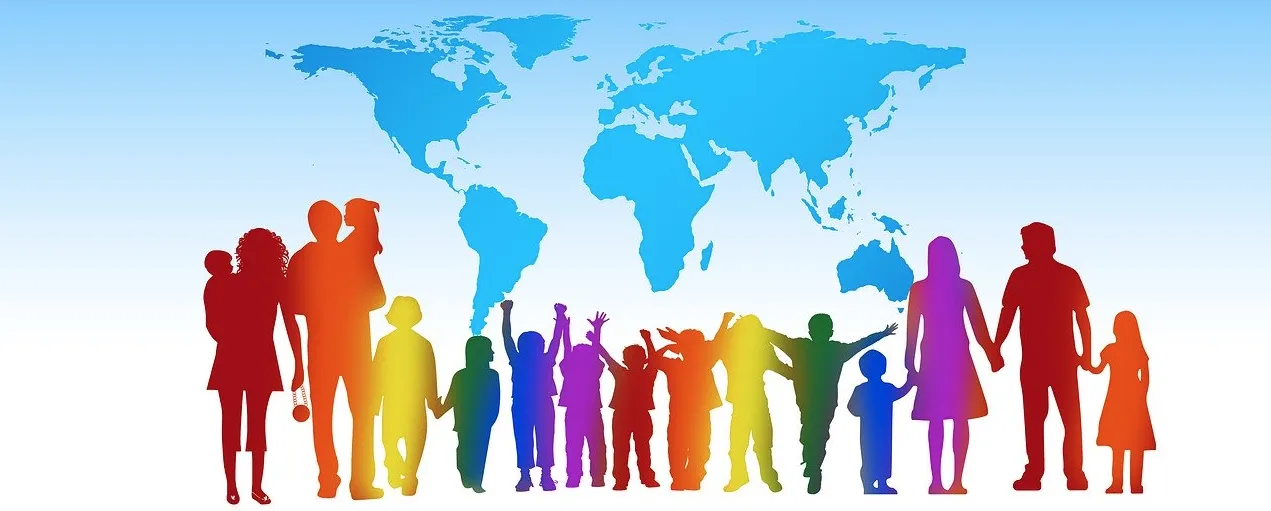 Image by Gerd Altmann from Pixabay
Image by Gerd Altmann from PixabayUtilize situational awareness in your surroundings. Employ a sense of continuous improvement in your lives. Take a look around you and ask if there's any way you can do something better for less of an impact upon the environment. If you've checked and your answer is no, try to promote a more straightforward and less pollutive lifestyle. For instance, if you're one of the multiple millions of people using gas to commute daily, try minimizing your travels to what is required.
Humanity in Review
 Image by wal_172619 from Pixabay
Image by wal_172619 from PixabayIt seems evident that human beings play a significant role in climate change. Our behaviors require that businesses produce many of the products we think we need at the lowest possible cost. What wonders would our world behold if man and Earth were friends from birth?
In Closing

Image by Gerd Altmann from Pixabay
Thanks again for following on with this series. I look forward to presenting you with additional activities that focus on Humanity in the future.
Each topic presented poses different challenges during research. It is essential to cite all available references for this work to ensure that all readers can validate the information presented as they desire. The goal, ultimately, is the dissemination of accurate and thoughtful information. Unfortunately, some topics are more difficult to research than others.
Your thoughts?
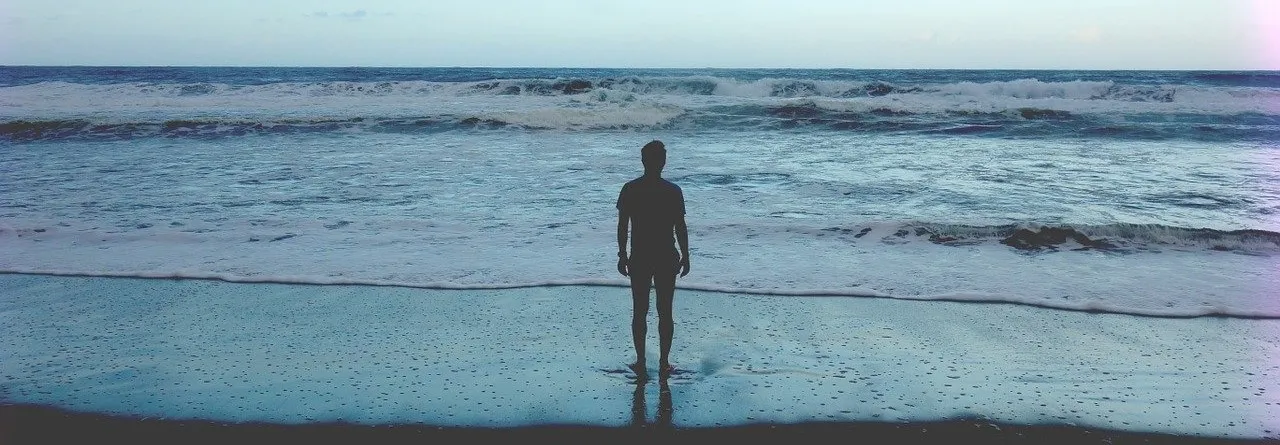
Image by Free-Photos from Pixabay
How do you feel about the information presented today? Do you have any stories to share of struggle, survival, science, or love? Please share it with us in the comments below!
Related Posts
STEM
| Dark Matter Search | Dark Energy (coming soon) | Dark Flow (coming soon) | Absence of Light (coming soon) |
|---|---|---|---|
 |  |  |  |
Energy
| Energy Overview | Coal | Nuclear | Solar |
|
|
|
|
| Hydroelectric | Wind | Geothermal | Biomass |
|
|
|
|
| Natural Gas | |||
|
Environmental Impacts
| A Journey | Volcanoes | Mercury | Wildfire |
|
|
|
|
| Inferno | Climate Change | Black Gold | Smartphones |
|
|
|
|
Faith in Humanity
| Humanity #1 | Humanity #2 | Evil of Indifference | Dying of the Light | Gentle Good Night |
|---|---|---|---|---|
 | 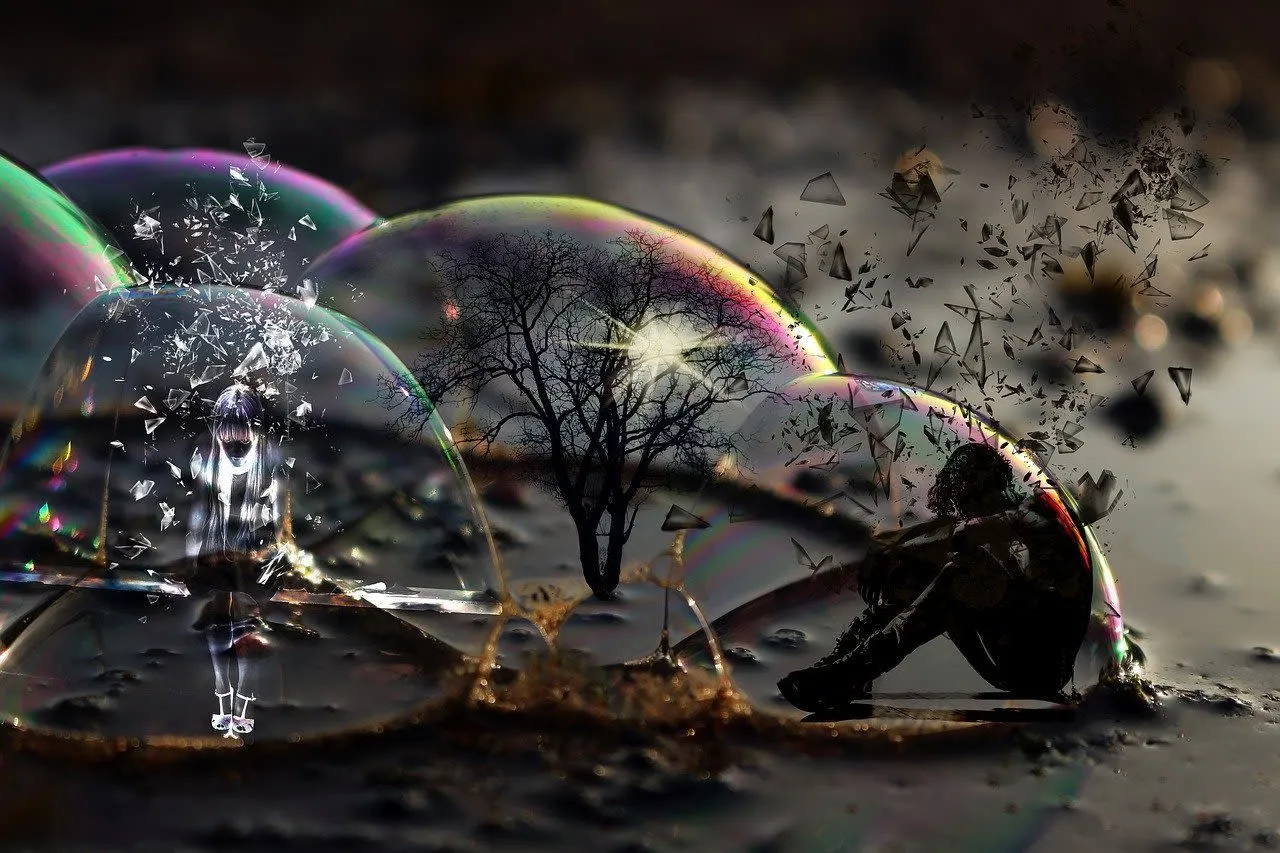 |  |  |  |

